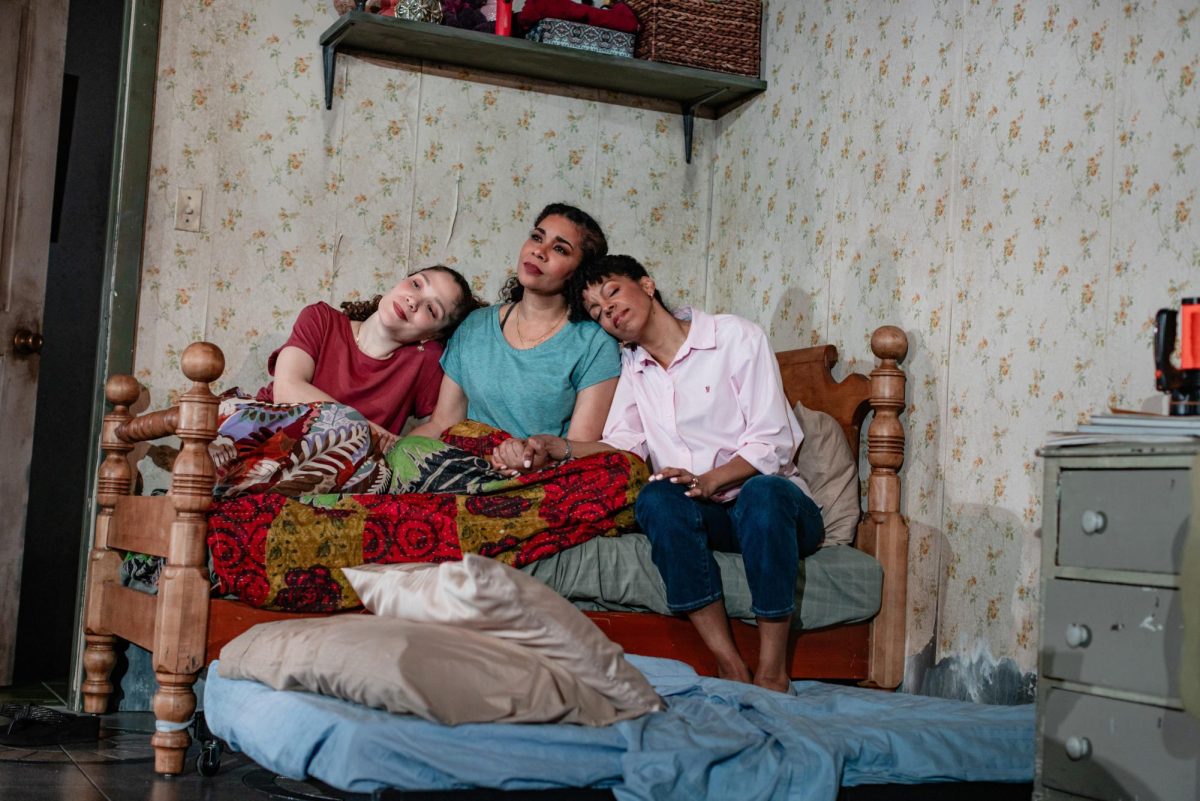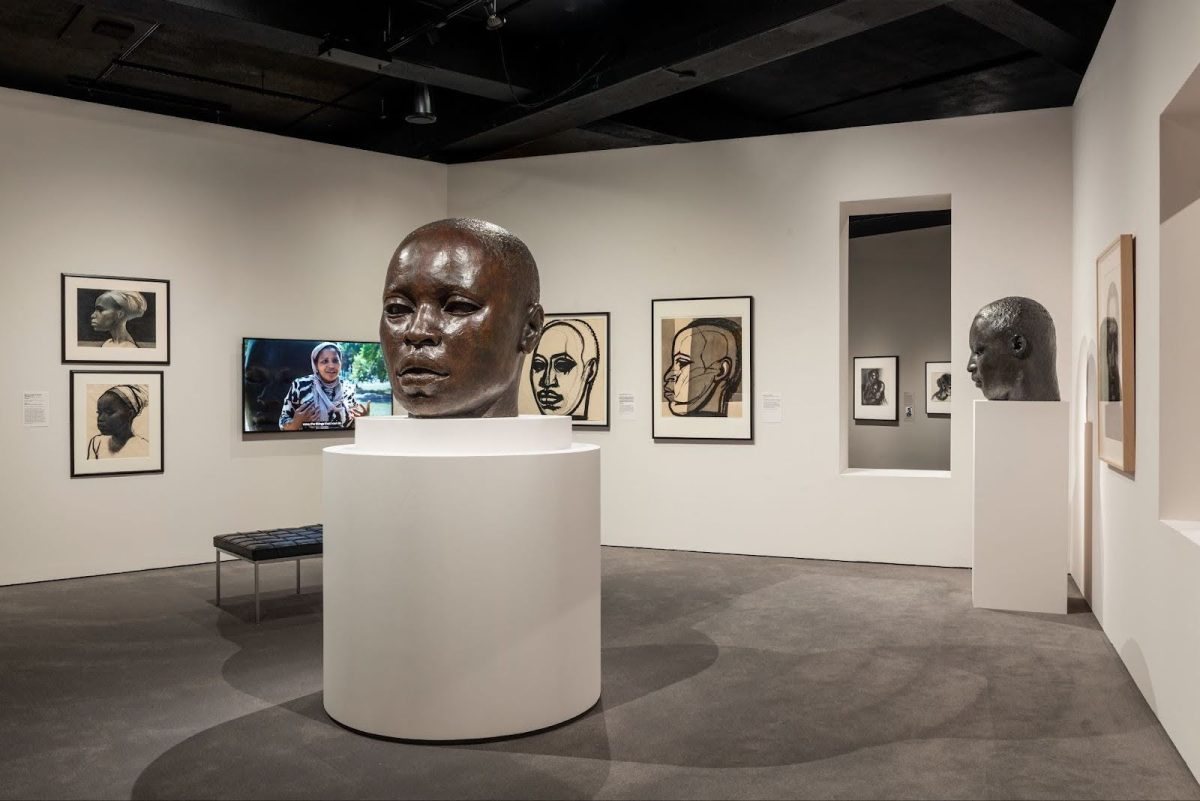By Anthony Savvides, News Correspondent
Political cartoons can make us laugh at the missteps of our government, but they can also cause controversy. Editorial cartoonists have long come under fire for insulting cultural beliefs and crossing the boundaries of what’s deemed acceptable. That’s why 86 editorial cartoons will be on display at Gallery 360 from April 12 through May 12; and on April 14, six editorial cartoonists participated in a symposium at Blackman Auditorium to discuss their work.
In 2006, former Secretary General Kofi Annan and renowned French editorial cartoonist Plantu joined forces and began the international organization Cartooning for Peace, which was officially established in 2008. Cartooning for Peace seeks to “unlearn intolerance” and promote mutual understanding and respect among people of different cultures. The ideas behind Cartooning for Peace mirror Northeastern’s fostering of diversity, which is why it is the focus of the newest exhibit at Gallery 360.
The panelists were Plantu, cartoonist for Le Monde; Khalil Abu Arafeh, cartoonist for the Palestinian newspaper Al-Quds; Daryl Cagle, a cartoonist for MSNBC.com; Jeff Danziger, cartoonist for The New York Times; Uri Fink, a comic book cartoonist from Israel; and Daniel Wasserman, the cartoonist for The Boston Globe. Moderated by political science professor William Miles, they discussed the potential for editorial cartoons to offend, open minds and even promote peace.
“Cartooning is a serious business, no matter how comical it seems,” Miles said.
The seriousness of editorial cartoons was the common point all of the cartoonists made. They make a living by shocking and provoking the public while straddling the line between freedom of expression and respect.
“Our job is to provoke debate and state a strong opinion,” Wasserman said. “The point is to challenge people and their ideas. It’s an art of provocation, and you’re looking for a strong reaction from people.”
Wasserman, who has been at The Globe since 1985, also pointed out that people can be too provoked by political cartoons, as was the case with Jihad Jane, a Pennsylvania woman arrested for plotting to kill a Swedish cartoonist who offended Muslims when he drew Muhummad in a cartoon.
Some cartoonists receive more criticism and anger than others. Arafeh said cartooning such a tense, sad situation results in more negative feedback. Uri Fink, a cartoonist in Israel, shared those sentiments and said that his line of work “can be dangerous depending on people’s reactions.”
The panel discussed political cartoons as a critical art, which scrutinize government and spark debate among people. The key to a good cartoon is a strong character, which is provided to the artists through current events around the globe.
“This is a good time for cartooning, because we rely on campaigns to give us new characters,” Wasserman said.
With every election, there are extensive political campaigns introducing the public to new politicians. These people become the characters used in political cartoons. Wasserman said he enjoys drawing Hilary Clinton, Sarah Palin and George W. Bush because they are all strong characters. Using politicians in their cartoons also allows the artists to hold them responsible for their actions.
While the artists employ images to express themselves and their opinions and make a living, these images can also be the cause of trouble. Cagle said he has received backlash for some of his work over the years, usually when entire organizations band together to condemn his work.
“Images are not a universal language,” said Cagle. “Things are easily misunderstood, no matter how clear you think they are.”








